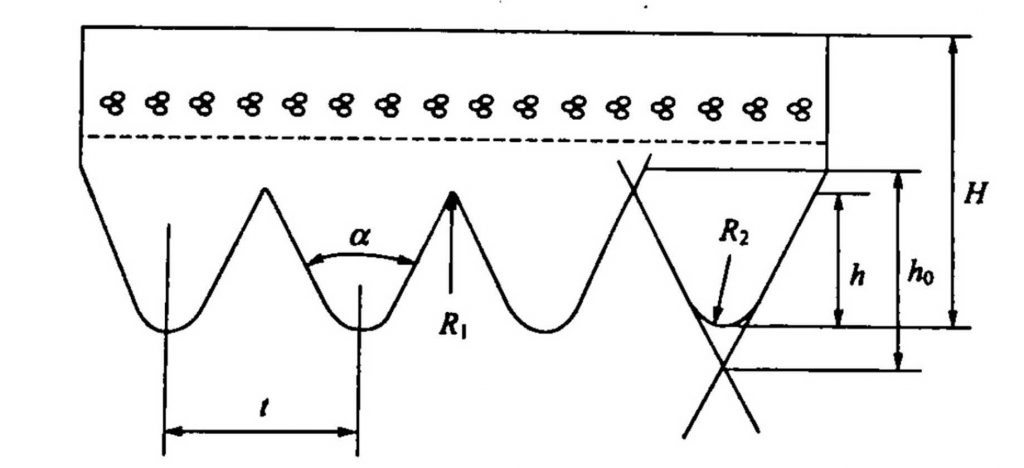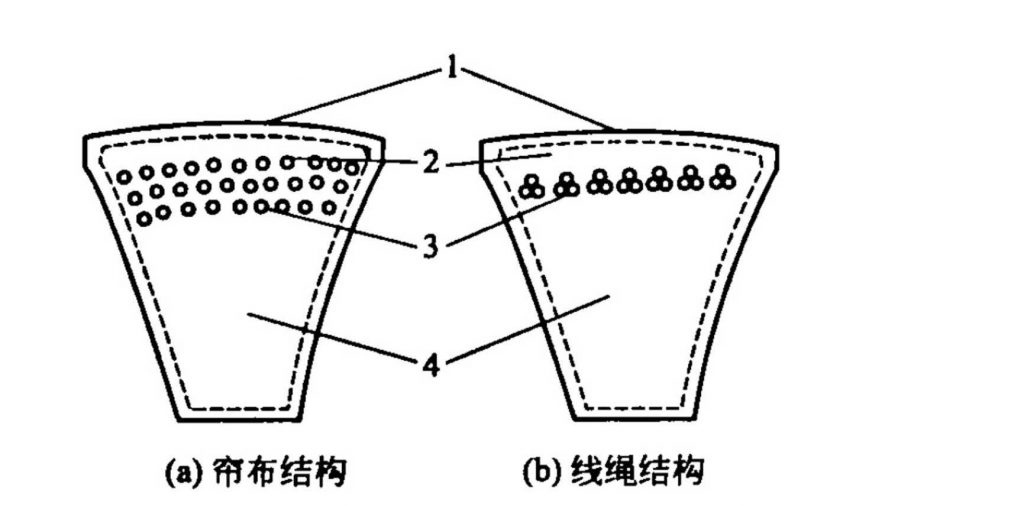Rubber is an electrically insulating material, and when its surface is rubbed, the charge in a static state accumulates to form static electricity. When static electricity accumulates to a certain amount, it is released in the form of a spark. If the amount of discharge is slight, it will not pose a hazard to the human body, but when the discharge reaches a certain level, it will cause an electric shock. In order to protect personal safety, the rubber used in this case must be an antistatic rubber that can remove static electricity. The dangers caused by static electricity are roughly the following:
1 When static electricity is released, if there is fire, flammable or explosive materials around, it will cause fire;
2 Injury to the human body, although this kind of electric shock is not fatal, it is always harmful to the human body;
3 The surface with static electricity will absorb the surrounding dust. For example, when the skin of a textile mill draws a yarn, static electricity is generated between the yarn and the yarn due to friction. When the static electricity accumulates to a certain extent, it will adsorb the flying yarn in the surrounding air and affect the operation.
In short, the exact definition of antistatic is not to prevent the generation of static electricity, but to remove the static electricity that has accumulated.
(1) Resistivity of rubber
The electrical insulation capability of rubber is conventionally characterized by resistivity (unit: Ω ∙ CM), where the range of 104〜7Ω ∙ CM is used as the semiconductor rubber, which is greater than this as the insulating rubber, and less than this is the conductive rubber. All kinds of rubber have good electrical insulation properties. In contrast, neoprene and nitrile rubber have the lowest resistivity and are called “semiconductor rubber”. They are often used as the first choice for antistatic, but they are not the only consideration. The object can be adjusted by adding an antistatic agent.

